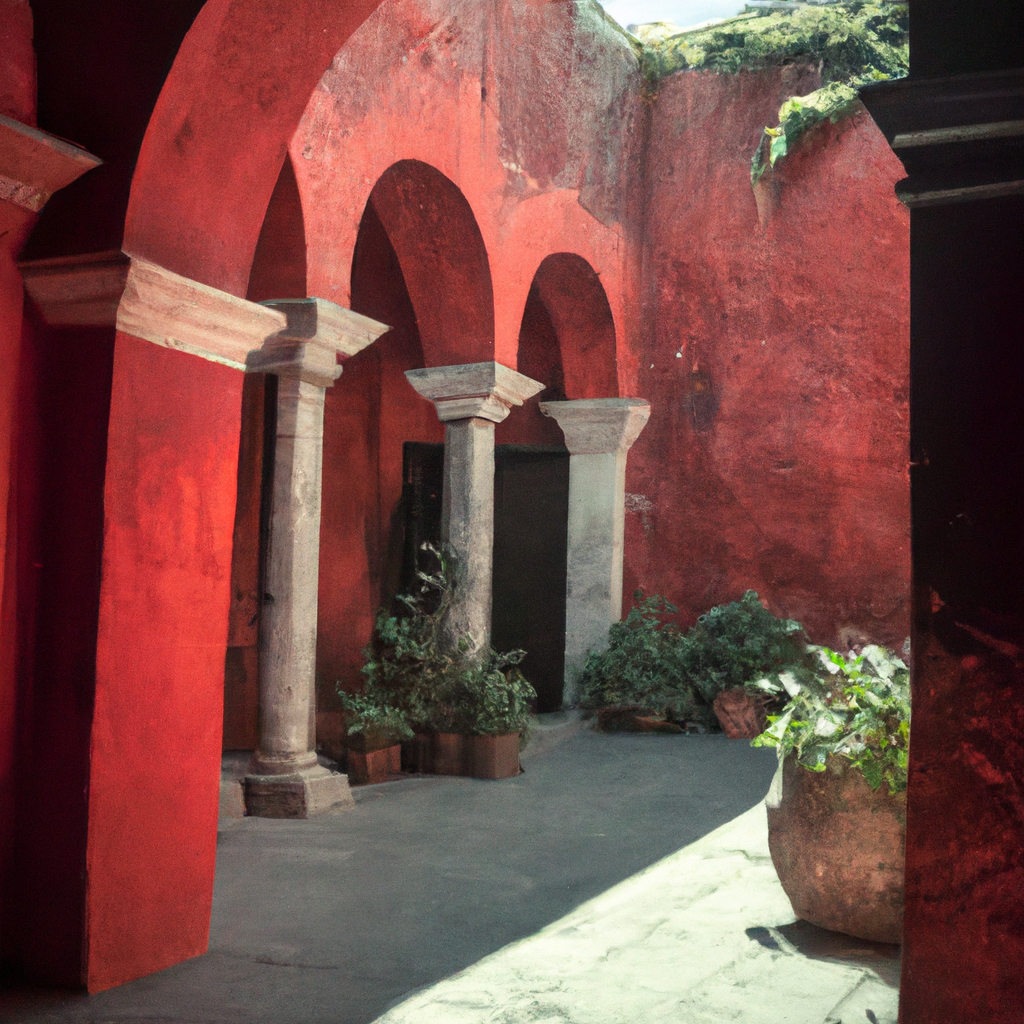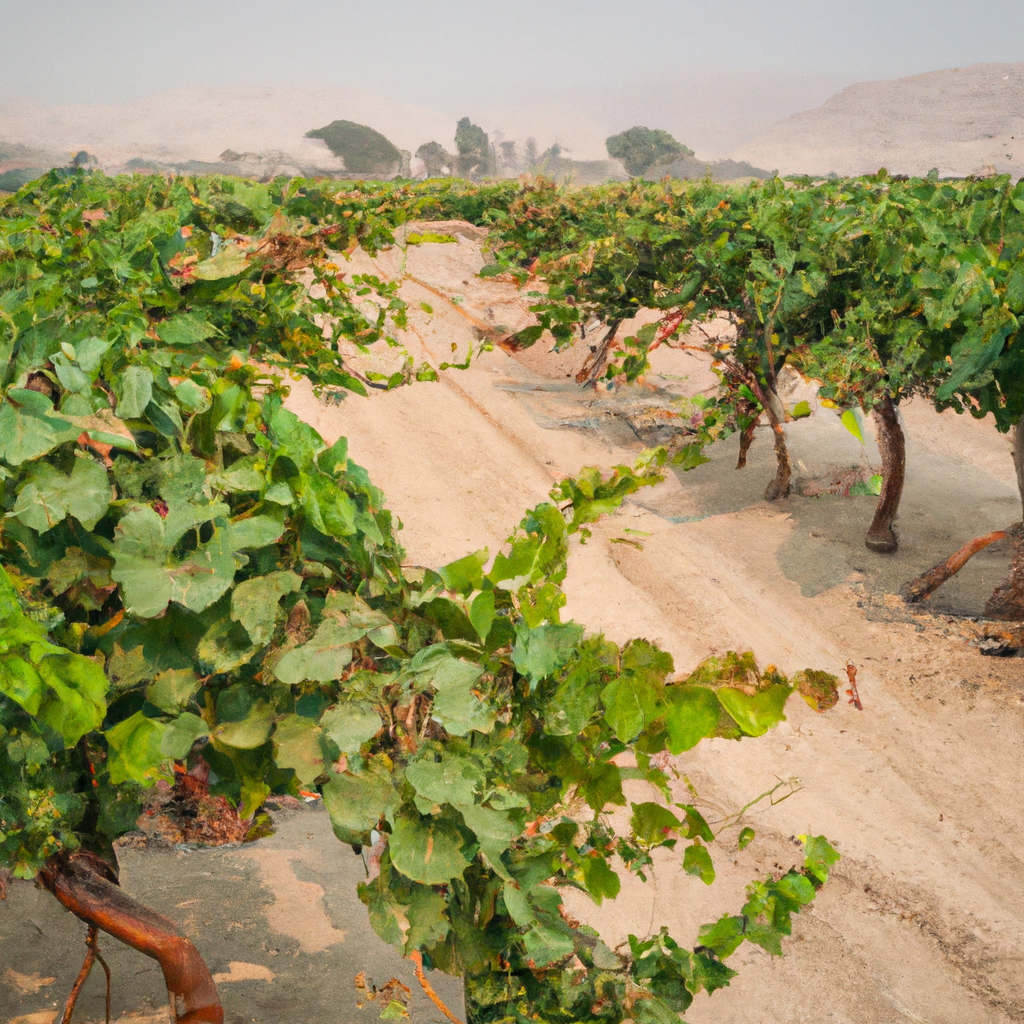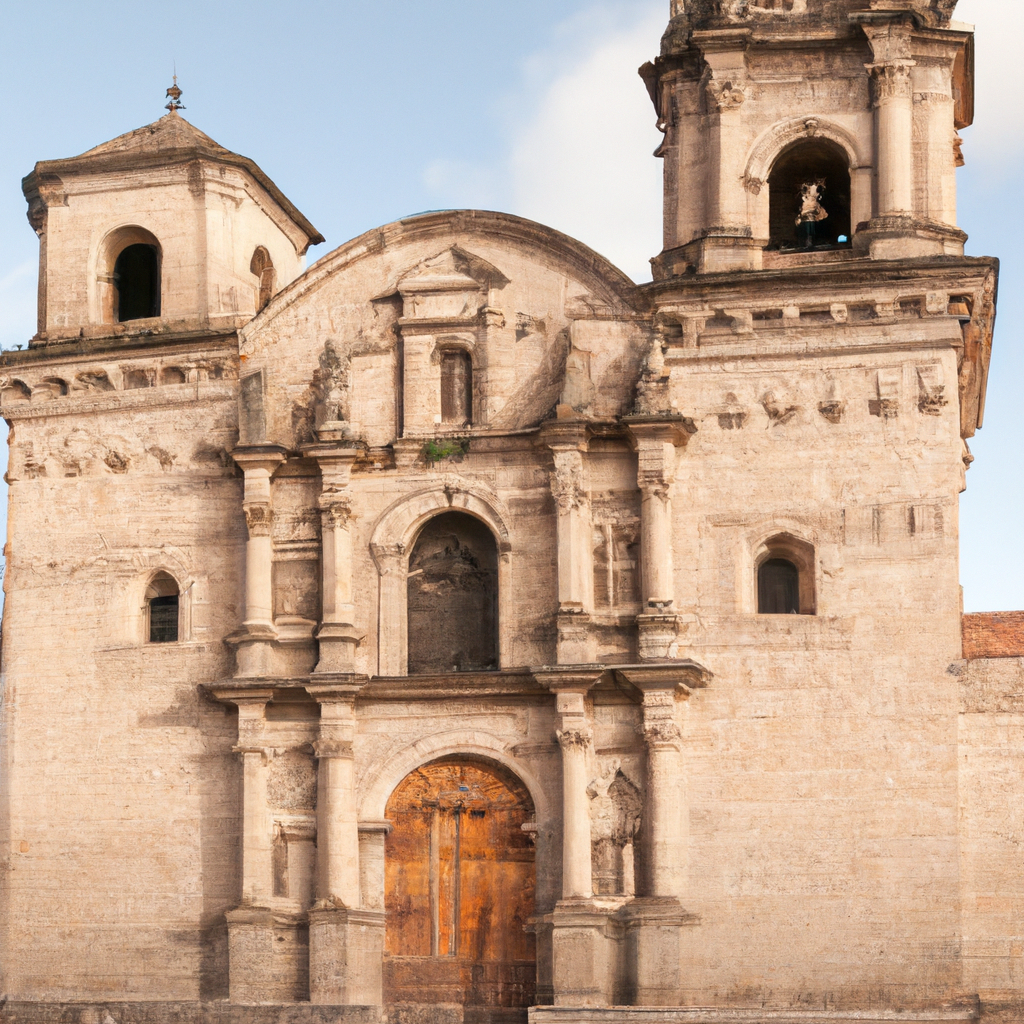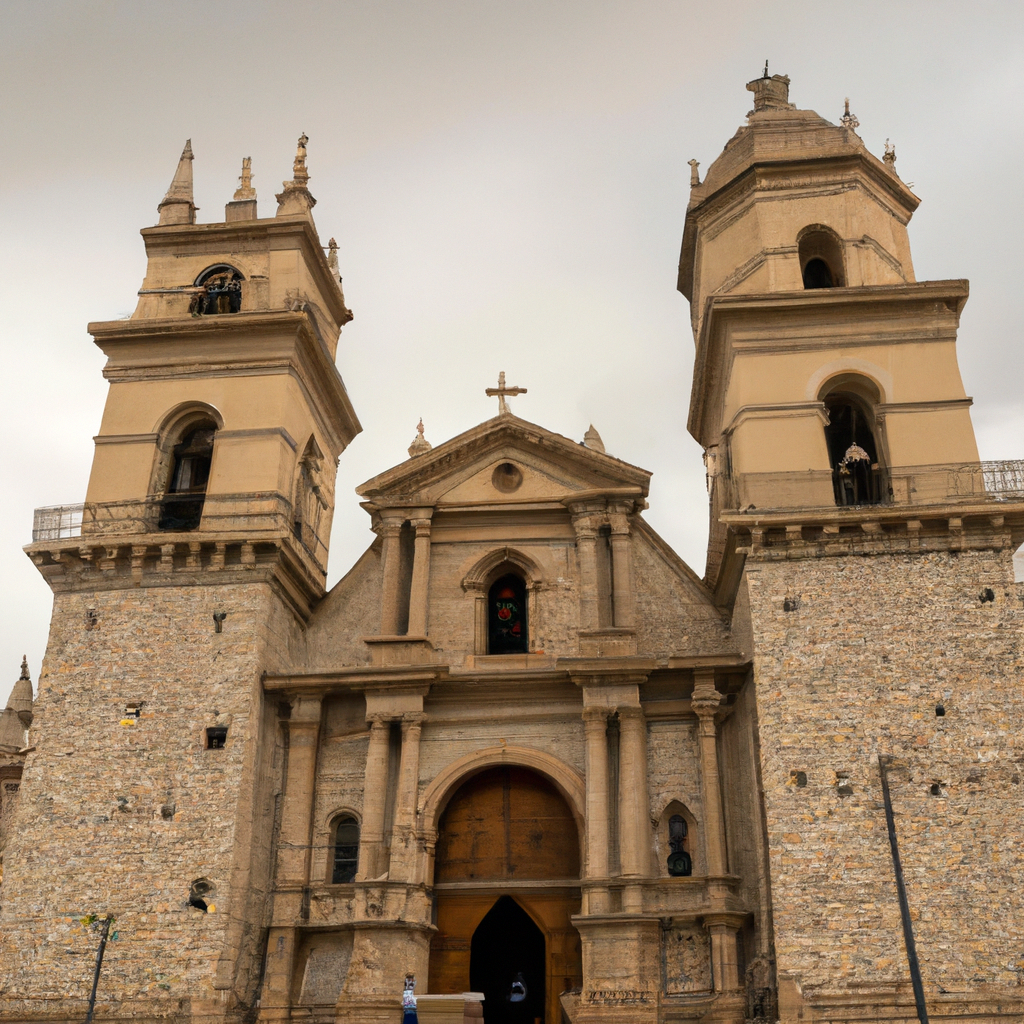Santa Catalina Monastery in Arequipa In Peru: Overview,Prominent Features,History,Interesting facts
Overview:
Santa Catalina Monastery is an architectural wonderland of vivid shades, narrow streets, and somber cloisters in the historic city of Arequipa in Peru. Built in 1580, the religious complex was a hidden retreat within the walls of the city, housing lay-nuns from Arequipa’s upper class behind its imposing doors. Within its confines, a system of rules provided structure and purpose to the religious structure, while the vibrancy of the colors and design of the main quadrangles provided an escape from the world outside. Over the course of four centuries, the Monastery was home to generations of nuns, protected through the intricate rules and regulations that guided life within its walls. With the turbulent political climate of the 19th and 20th centuries, life within the Monastery walls waned, but in recent years, Santa Catalina Monastery has been restored to its former glory and opened to the public, giving visitors a glimpse into life within an almost-forgotten world. It is one of the most beautiful monuments in Peru
Prominent Features:
The Santa Catalina Monastery in Arequipa, Peru, is a well-preserved example of colonial-era Spanish architecture. Built in 1579, it is one of the most impressive religious structures in the country. It occupies an entire city block and contains over two thousand rooms. The most notable feature of the monastery is its unique architecture, with its red walls, intricate tilework, and grand entrance hall. Inside, visitors can admire the intricate stonework and beautiful frescoes. There is also a small chapel containing a large crucifix, the mummies of four nuns, and tombs of bishops. The cloistered Santa Catalina Monastery also offers visitors insight into the secluded life of its residents over the past 400 years. There are still a few nuns living in the monastery today. It’s possible to tour the grounds and visit its workshops and artisanal stores. Those looking for more of an adventure can take a guided climb up to the terraces that offer stunning views over the city. There is also a luxury hotel that occupies part of the monastery; its guests can enjoy private access to the grounds and its restaurants, including outdoor dining. You can learn history, culture, and heritage through these magnificent monuments in Peru.
History:
The Santa Catalina Monastery, a vivacious 17th-century complex of terraces and pathways, orchards, and vivid yellow, pink, and red walls in Arequipa, Peru, was founded in 1579 by Teresa de Los Andes. The Santa Catalina Monastery was initially created to serve as a cloistered convent for Dominican nuns, some of whom were of high social and economic backgrounds. With the approval of the Pope, Teresa de Los Andes and her followers joined the monastery and developed it into a large refuge for the Dominican sisters. The interior of the Santa Catalina Monastery was home to twenty cloisters, over 150 rooms, and 5,000 artifacts. These artefacts demonstrate the contributions of the nuns to the convent,most notably the lavish decorations and vibrant frescoes found in the various living quarters. Santa Catalina became known as “The City of Nuns,” with its large number of inhabitants, including chefs, maids, and a doctor, as well as independent and vibrant female leaders who grew separate fruit and vegetable gardens, held religious ceremonies, and kept up the extensive prayer book libraries. At the end of the 19th century, the nuns began to leave the Santa Catalina Monastery and it was eventually opened to the public inthe 1950s. To this day, the convent still serves as a museum of religious art and historical artifacts from the 17th century. Visitors can explore its winding paths and get lostin the colors and beauty of one of Arequipa’s most vibrant yet hidden gems. Visit one of the famous monuments of Peru with your friends and family.
Interesting facts:
1. Santa Catalina Monastery was founded by the Spanish in 1579 for the strict cloistered order of Dominican nuns, and was once home to over 500 nuns. 2. The Monastery is a massive 20,000 square meters - making it a small city within a city. 3. Santa Catalina Monastery is one of the best-preserved colonial complexes in South America. 4. It was opened to the public in 1970, but only 10% of visitors are allowed to view the rest of the site. 5. Santa Catalina Monastery is an architectural melange of Renaissance, Baroque, and Moorish styles, and still functions as a religious site and living museum where two dozen nuns still reside. 6. The idyllic grounds contain colorful cloisters, canals, and gardens. 7. This huge complex was declared a National Monument by the Government of Peru in 1966. One of the historical monuments of Peru, it tells the story of a bygone era
Explore Peru most popular tourist destination with us. Santa Catalina Monastery in Arequipa In Peru: Overview,Prominent Features,History,Interesting facts,which is 35.14 km away from Peru main town, is the most popular destination to add in your travel wishlist.
-
City:
Peru
-
state:
Arequipa.
-
country:
Peru
-
country code:
PE
-
postcode:
01084
Location:
Arequipa. Peru














